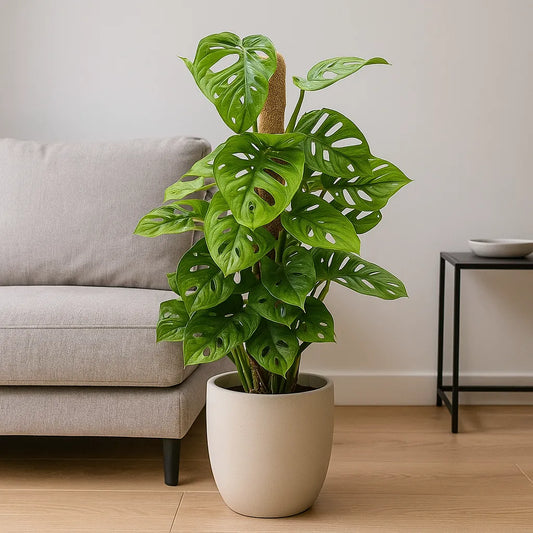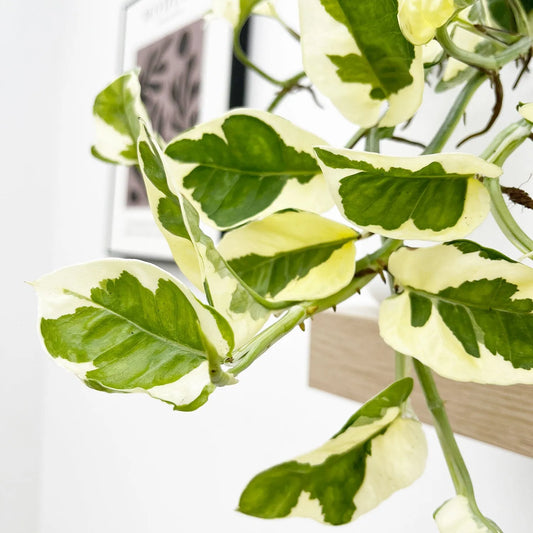Complete guide to whiteflies on houseplants
Whiteflies are a notorious houseplant pest that can cause significant damage if not managed properly. By understanding how to identify, control, and prevent whiteflies, you can keep your indoor plants healthy and flourishing. This detailed guide will provide you with the essential knowledge to tackle whiteflies and maintain a vibrant, pest-free indoor garden.
- Identifying Whiteflies
Proper whitefly identification is the first step to addressing infestations. These tiny white insects resemble small moths, with powdery wings and slender bodies. Whiteflies are usually found on the underside of leaves, and their presence can be detected when a cloud of insects takes flight upon disturbing an infested plant.
- The Damage Caused by Whiteflies
Whitefly damage can seriously impact your houseplants' health and appearance. These pests feed on plant sap, causing leaves to become discolored, curled, or wilted. Whiteflies also excrete a sticky substance called honeydew, which can attract ants and encourage the growth of sooty mold, further compromising plant health.
- Controlling Whitefly Infestations
Taking action against whitefly infestations is crucial to protect your houseplants. Here are some effective methods for controlling whiteflies:
- Use yellow sticky traps to capture adult whiteflies and reduce their populations.
- Introduce beneficial insects, such as ladybugs or lacewings, to help control whitefly populations.
- Apply insecticidal soap or horticultural oil, following the product's instructions for optimal results.
- Regularly inspect your plants and address infestations promptly to prevent them from spreading.
- Preventing Whitefly Infestations
Preventing whitefly infestations is key to maintaining a healthy indoor garden. Here are some tips to keep whiteflies at bay:
- Thoroughly inspect new plants before bringing them into your home, checking for any signs of pests.
- Ensure proper care for your plants, as stressed plants are more susceptible to infestations.
- Keep your plants clean by removing dead leaves and wiping away dust from leaf surfaces.
- Maintain appropriate temperature and humidity levels to discourage whitefly reproduction.
With the right knowledge and techniques, you can successfully protect your houseplants from whitefly infestations and keep your indoor garden looking its best. Early identification, swift intervention, and a commitment to plant health will ensure that your houseplants continue to flourish, free from the threat of these persistent pests. Say goodbye to whiteflies and enjoy the lush, vibrant greenery of your pest-free houseplants!










